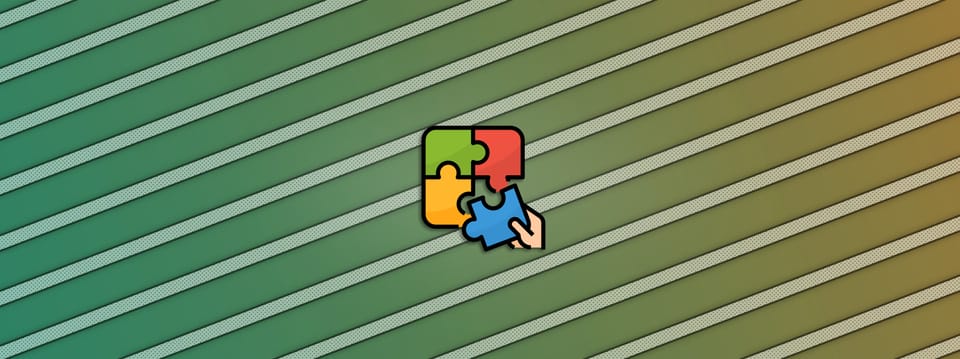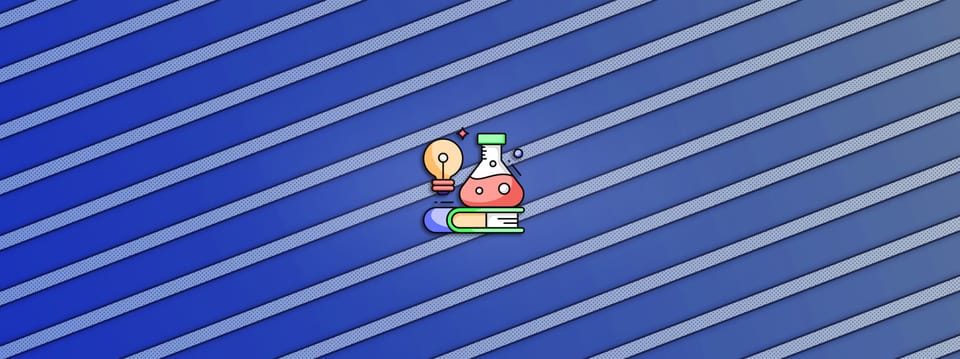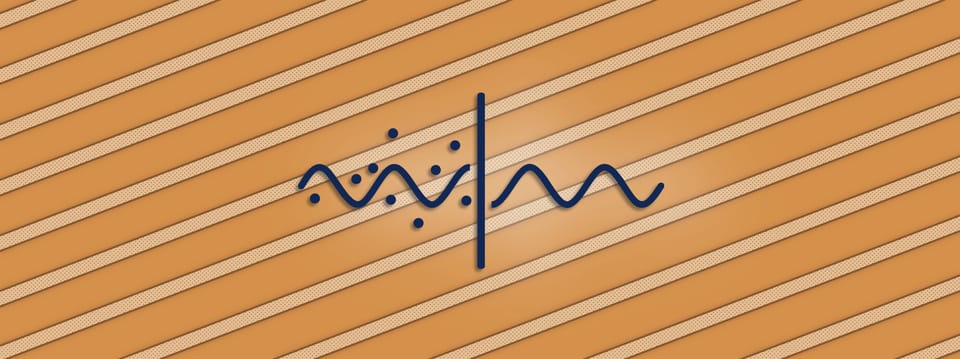Creating 3D Environments Using The Particle System In Nuke
🔒 Using the particle system for scattering geometry and building a large 3D environment…

🔒 Using the particle system for scattering geometry and building a large 3D environment…
This is a Companions Exclusive Guide
Scattering Geometry
Nuke's particle system is capable of doing more than you might initially think.
While it's typically used to emit moving particles from a point or a surface, and scatter them using various forces like gravity or wind (for example to create sparks, smoke, spray, or dust hits), that's definitely not all it can do.
In this guide, we’ll take a closer look at a technique for automatically populating a surface with different geometry in order to build a large 3D environment.
Instead of placing thousands of Cards or other types of geometry by hand, you can massively speed things up by using the particle system.
Realistic Use Cases
I've used this technique to create vast, grassy marshlands surrounding a military base, or a sci-fi garden belonging to an ultra wealthy magnate, for example.
And you could make jungles, cities, farmlands, deserts, and more using the same method for your own shots.
Building environments in this way is especially great for when the environment itself is not the main focus of the shot. For example, if you are compositing interior driving shots and need something going past outside of the windows, i.e. a consistent environment across a sequence.
Depth of field and motion blur will typically be your allies, as these environments often are at their most convincing when they're out of focus.
You can generate a lot of detail, and in certain cases use the environment as a front-and-centre hero asset in a shot. However, we'll mostly be using simple Cards with for example trees or grass elements on them. So they'll look best with more reasonable camera moves, and not a full blown first-person fly-through.
Let's look at how it all works:



